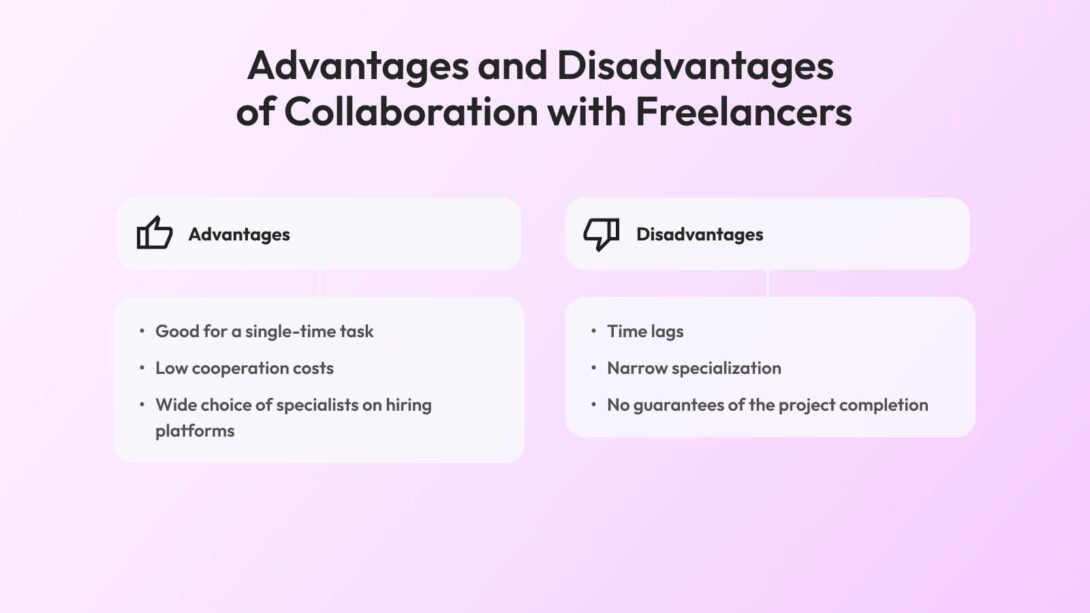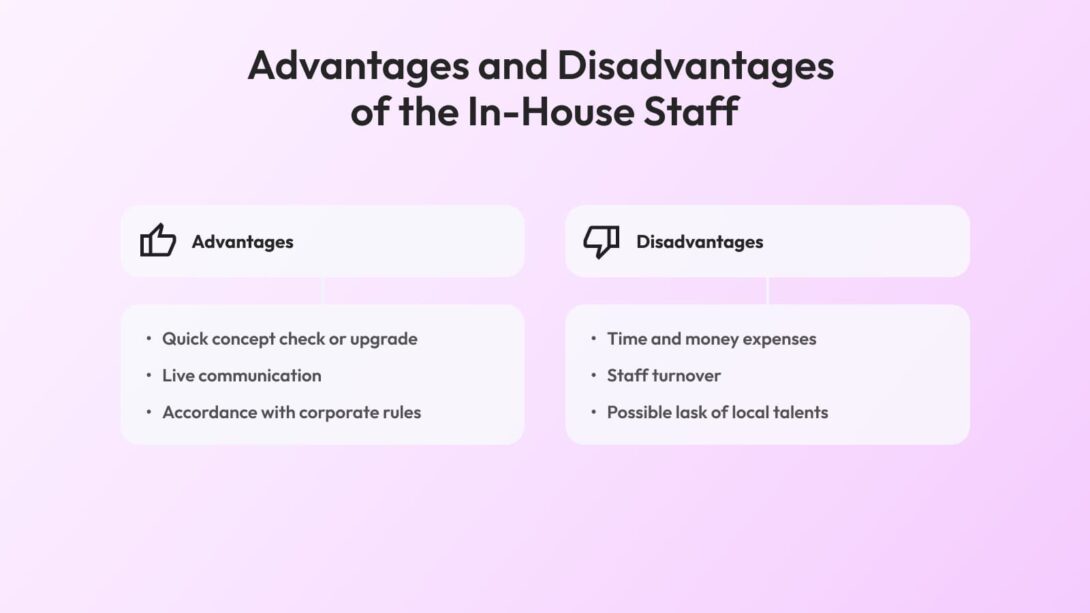One of the main strategic factors in the activity of a technical company is the creation of a powerful software development team. As the market for software solutions continues to grow, it also becomes paramount important to ensure you have human resource for the right job for your project.
In this guide, we’ll cover a number of the big themes that can inform you in how to create a strong software development staff and how to delegate staff roles. Here we are going to show what defines high performing teams, some challenges you are likely to come across and how to deal with those challenges. By doing so, this guide will ensure that the startup founder together with the other experienced project manager will be in a position to form a software development team which will be appropriate in their absence of mistakes.
Getting Your Software Development Team Off the Ground
Starting a software development team must be well-planned to achieve the plan set. Here’s how to get started:
Beginning with fundamentals, propose the function represented by the project, to whom it is going to be delivered, and what that project is intended to do. A shared vision is important in strategic management since it ensures that all the members part from the same process work towards the same goals and objectives.
Ideally, your project should involve developers, designers, and testers, etc.; therefore, decide which employees you need and write clear job descriptions to attract suitable candidates.
Make sure that people inside your team communicate effectively and your team communicates well with other teams. They should incorporate feedback during the interaction hence minimizing the rough aspect of the interaction.
Determine if you will be ready, and able to utilize the remote working to engage an in-house team or if it will be necessary to assemble both depending on the kind and scale of your project.
Organisations should use a methodologies like Agile or Scrum and use tools that increase deliverance and productivity. Analyzing how to choose a software development partner who can efficiently implement these methodologies might provide you with the scale inside your own development staff.
Make sure that you afford your teams opportunities to refresh themselves on new technologies available in the market and to encourage them.
How to Build a Software Development Team
When it comes to selecting proper and skilled workers that can become valuable team members it is crucial to stress on the fact that their specialization and work aspirations should fit the business’s aims and the project’s mission. Here are some effective ways to source talent:
Companies and organizations that offer employment opportunities for employees both local and international.
One recommendation is to use the LinkedIn platform, Indeed, and Glassdoor to post and recruit the right people.
Freelance Platforms
For short term engagement, freelance professionals are active in platforms such as up work, Fiverr, Freelancer, and Toptal.

Recruitment Agencies
Some of the benefits you need to outsource staffing needs with agencies so that you can conduct the search for the right candidates with more speed and efficiency.
Networking and Referrals
Try and benefit from people, and especially those who can refer and introduce you as competent staff.
Tech Meetups and Conferences
Attend tradeshows and conferences where potential employees can get to hear about your company in more personal ways.
Social Media
Announce the availed positions on LinkedIn and X and look for active developers via GitHub and X.
University Partnerships
Cooperating with universities because interns or University students may be talent for organization requirements.
The given channels will help you to look for a number of software development team members including talented and the diverse ones.
In-house companies often choose to build their software development teams internally to maintain full control over processes and ensure cultural alignment. This approach allows them to create long-term expertise within the organization, though it typically requires higher investments in recruitment, training, and infrastructure compared to outsourcing.

At Cleveroad, we know how challenging it can be to build a software development team that aligns with your business goals and project vision. Over the years, we’ve supported startups and enterprises in assembling dedicated teams for long-term cooperation as well as smaller units for short-term projects. With our experience in IT staff augmentation and custom software development, we help companies access vetted developers, QA engineers, designers, and other specialists while ensuring smooth integration into existing workflows. Choosing Cleveroad means working with a partner that understands both the technical and organizational aspects of team building, helping you save time and reduce risks when scaling your engineering capacity.
How to Allocate Responsibilities Within the Team
One of the most important things that any manager can do is effectively apportion responsibility. Consider these strategies:
- Step 1. Define Clear Roles: They have to bring to each other breakdown of individual assignments within accordance to each member’s proficiency level in a bid to minimize overlapping shirking.
- Step 2. Assess Individual Strengths: Integrate workflow depending on members specialty so that we can have the best performance as possible.
- Step 3. Utilize Agile Methodologies: Organize the work flow of a team by implementing either of the two efficient methods Scrum and Kanban.
- Step 4. Encourage Collaboration: Suggest people to work in pairs and let them consider ‘pair programmers’ whose work is to divide complex work between two employees, each taking a half of the work, but is considered as one whole worker.
- Step 5. Set Clear Goals and Deadlines: To provide direction to work assignments and also times frames that the team should meet in the accomplishment of their tasks.
- Step 6. Regularly Review and Adjust: It is suggested to hold checkpoint meetings to discuss the work progress and most likely reprioritize the tasks.
- Step 7. Empower Team Members: This is because you want to foster decision-making among your subordinates so that they start the processes with interest and with the feeling that the process belongs to them.
Key Characteristics of a Successful Software Development Team
There are different factors that define high-performance teams and all of them, contribute to the formation of such a team. Look for:
- Strong Communication: So, during the proactive communication, people tend to be accurate in their messages and work in teams to find solutions.
- Diverse Skill Sets: A composite team means that people who are specialists in pertinent fields, for instance programming and project management will always enhance the aspects of problem-solving.
- Adaptability: This implies that any tool, technology or method once considered relevant and appropriate in the development of any particular technology has to be adopted.
- Problem-Solving Ability: Negotiation analysis is the capacity to evaluate various negotiations and decide on the solution in the event of dilemmas.
- Collaboration and Teamwork: Since valuing other clients and supporting them is a must, the ideas and results get better.
- Commitment to Quality: Where the focus is on the best practices of coding, testing, and documentation is more crucial so as to have the best quality product.
- Strong Leadership: Let us emphasize it once more, leadership counts as it coordinates, enables and convinces people into performing in a specific manner.
- Positive Attitude: Constructive attitude helps the work group to confront difficulties constructively.
Challenges to Look Out For
Hiring and nurturing a good, efficient software development team means facing its own set of problems. Anticipating these potential obstacles can help you proactively address them before they impact progress:
Hiring the Right Talent
It is often a challenge to hire talented developers who will integrate well with your team’s culture. Companies worldwide are fighting to secure the best and brightest talent to supplement and advance their technology skills, increasing competition and time to fill open positions.
Managing Remote Teams
Telecommuting presents operational issues such as communication and collaboration and problems that relate to time differences and performance.
Balancing Skill Sets
From experience, it is important that you have a good balance of front-end/back-end/full-stack developers as well as designers and testers. Such a situation becomes disadvantageous because productivity drops, and one-sided teams may slow production or provide less than desired results.
Keeping Up with Technology
Especially, as technological advancement is now moving at the speed of light, it is crucial to always stay afloat. However, continuity of learning can have an adverse effect; it puts pressure on your team since they have to cope with new technologies on the job.
Maintaining Clear Communication
Incorrect interpretation of information is also experienced at various intervals regardless of the group size or the complexity of a project. One of the problems is that there should always be clear and concise communication in order not to cause confusion and delay.
Scaling the Team
While projects continue to progress, how you increase your team can be a difficult issue. New employees will take their time to be productive, while processes with old hires might need tweaking.
Handling Conflicts
There are sometimes gaps in which approach is applied or people just do not get along in zero-harmony positions such as active, quick or imaginative businesses. Team cohesiveness consists of leadership and proper conflict-solution manners.
Host Team-Building Activities
Organise or participate in professional events such as hackathons or social events that will foster bonding and teamwork among team members.
Conclusion
Recruiting a powerful software development team is a critical component in software development that guarantees successful projects in the constantly advancing technological environment. If the basic processes of team building, talent acquisition and workload distribution are effectively handled then fostering the idea of a unified team where everyone is rowing in the same direction is easily achievable. Understanding the characteristics of great teams, and watching for problems emerging will prepare you for the difficulties of software development. Finally, this paper has clearly depicted that a combination of strategic approach with the best practices will assist in moulding a strong team who delivers best results without any errors.